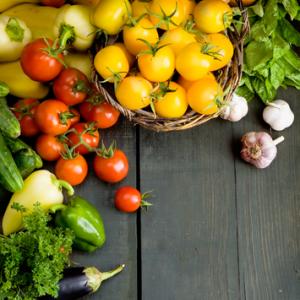Robert Gronski (bob@ncrlc.com) is the policy coordinator for the National Catholic Rural Life Conference.
Posts By This Author
'As You Sow, So Shall You Reap'
Will Congress cut food stamps, conservation, and the farmer safety net—or fail to pass a Farm Bill at all?
THE FARM BILL has a profound impact on farming and nutrition. Three key things the multi-faceted bill provides are: a safety net for farmers, incentives for conservation practices, and food assistance for low-income families. Congress writes the farm bill every five to six years; the most recent Farm Bill, approved in 2008, expires Oct. 1.
At present, nearly 80 percent of the bill’s roughly $100 billion a year in spending goes to the food-assistance category, most notably to food stamps—the Supplemental Nutrition Assistance Program, which now helps feed 46 million people in the U.S. Less than 10 percent of current Farm Bill funding supports water and soil conservation practices, such as no-till farming and preserving wetlands and grasslands.
In the past, a significant part of the bill has been commodity payments made under various programs to farmers of crops such as corn, wheat, rice, cotton, and soybeans (but not fruits or vegetables). As farmers are currently benefiting from high grain prices, while the government faces budget deficits, the next Farm Bill seems poised to recognize that the time has come to end commodity payments.
However, farmers, challenged by volatile swings in crop prices and by uncertain weather, still need a safety net. In lieu of commodity payments, the Senate version of the Farm Bill, passed in late June, moves toward subsidizing crop insurance, which covers farmers—including fruit and vegetable growers—against both poor yields and poor prices.
